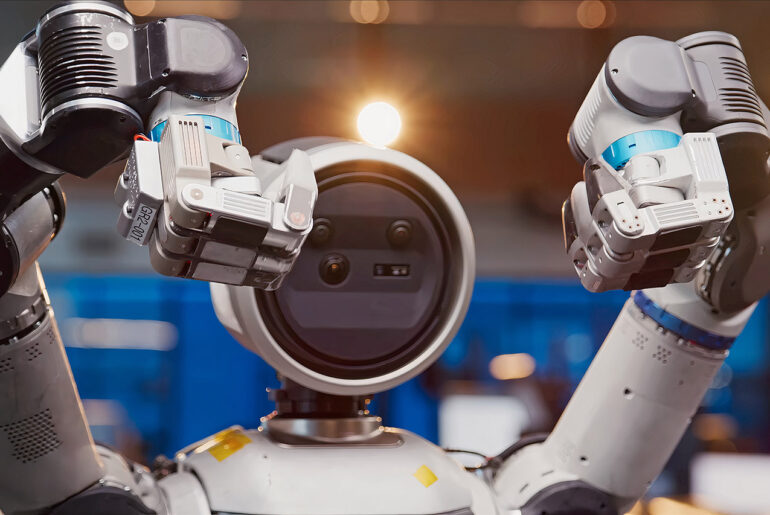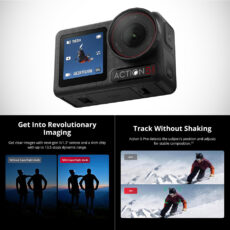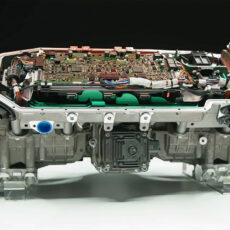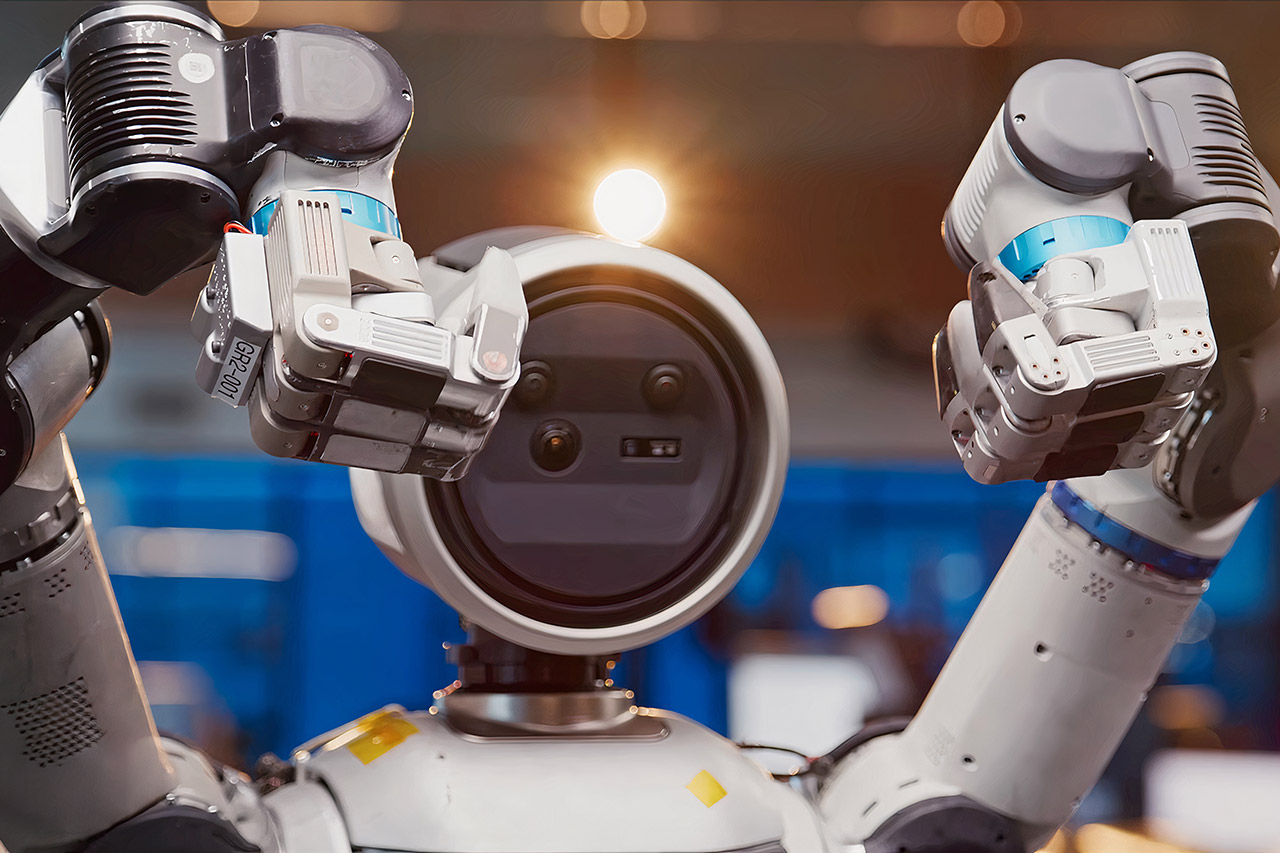
Boston Dynamics’ Atlas robot can flip, run and lift heavy objects with human-like ease. But the real magic happens in a part of the robot that’s often overlooked: the grippers. Atlas’ mechanical hands, full of clever engineering, can handle everything from coffee cups to car parts.
Earlier grippers, for the hydraulic Atlas, prioritized mobility over manipulation. When Boston Dynamics switched to an electric Atlas, the team saw an opportunity to rethink the gripper. They wanted something that could do more than just grab and hold, something that could be a human hand while withstanding the rigors of a humanoid robot. The result was the GR line of grippers, and the first one, GR1, was a simple solution, just enough to hold objects. The GR2 goes further, with 7 degrees of freedom, touch sensors and a palm mounted camera, it’s a manipulation powerhouse.
- SMART MODULAR DESIGN: Features an innovative base unit that can power multiple character configurations, allowing for expandable play possibilities
- ADVANCED CONTROLS: Four-axis digital drive system enables precise, realistic movements and expressive actions for enhanced interactivity
- CHARACTER DETAILS: Adorable pink bear design with cream-colored belly, expressive face, and detailed plush exterior mounted on a white tech base
The gripper has 3 fingers, 2 normal and 1 opposable thumb, each with its own actuator which is a small motor that controls movement. The thumb is a key feature; it swivels and spins, allowing Atlas to switch between delicate pinch grips and robust power grips. This thumb makes the gripper more versatile, it can handle everything from a small screw to a large car part. Unlike human hands, the fingers can bend inward up to 90 degrees and backward, allowing for more complex grasping techniques. The gripper comes in left and right versions, just like our own hands, so Atlas can always find the best angle for the job.
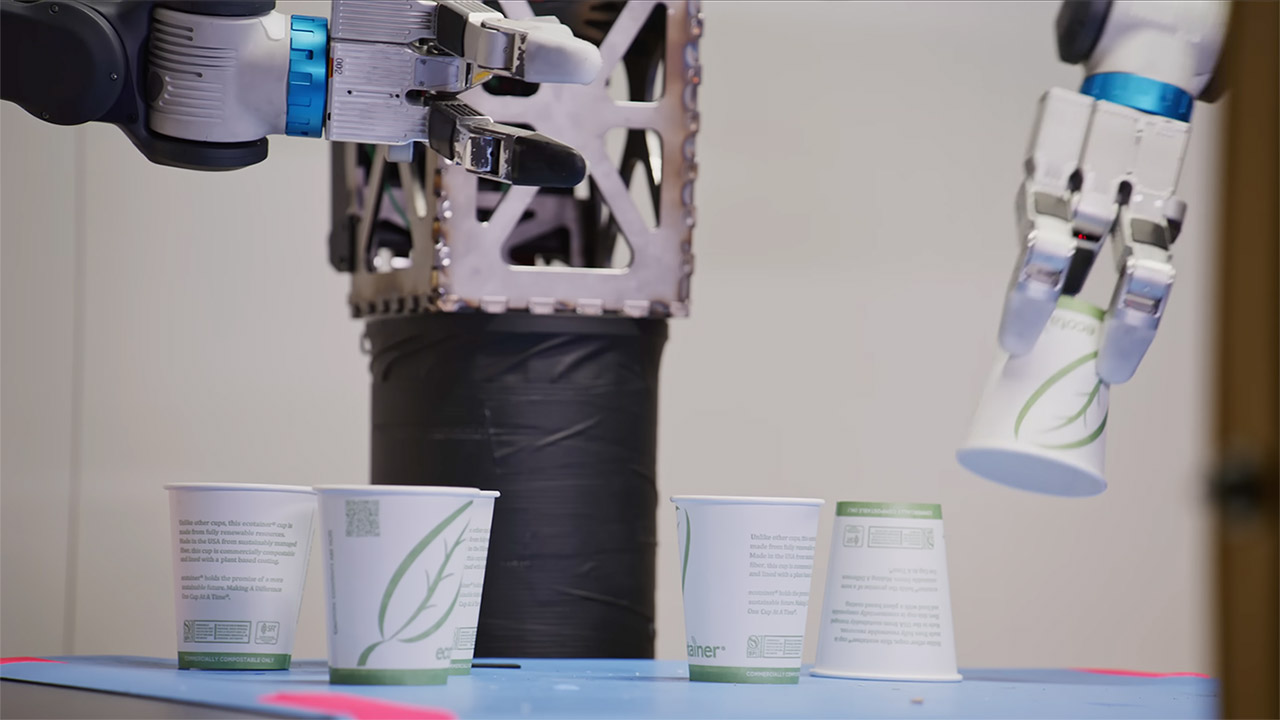
Tactile sensing revolutionizes grip by putting sensors in a high-friction elastomer – a rubbery material that’s a grip surface and a force sensor. These sensors are a sense of touch, so Atlas can feel how much pressure is being applied. This is key for handling delicate objects like coffee cups without crushing them or a heavy tool from slipping. The sensors also tell Atlas when an object falls out of its grasp so it can adjust on the fly. A palm-mounted camera is an extra layer of awareness so Atlas can “see” what it’s grasping and adjust its grip in real time.
Why three fingers instead of five? Three fingers including the opposable thumb is a balance between functionality and simplicity. More fingers could do more complex tasks but would increase complexity, cost and possible failure points. A three finger gripper can handle large heavy objects by distributing tension across many contact points and the thumb allows for two finger pinches on small objects.

